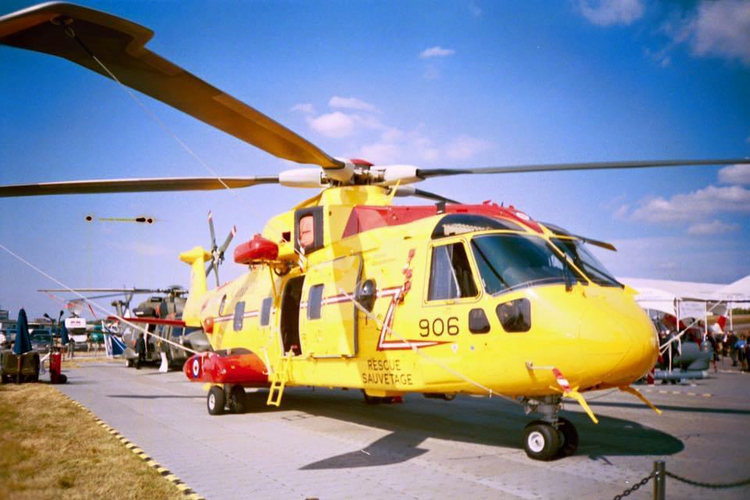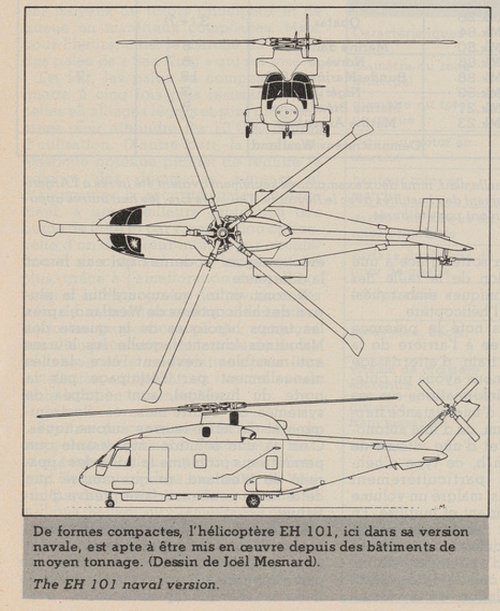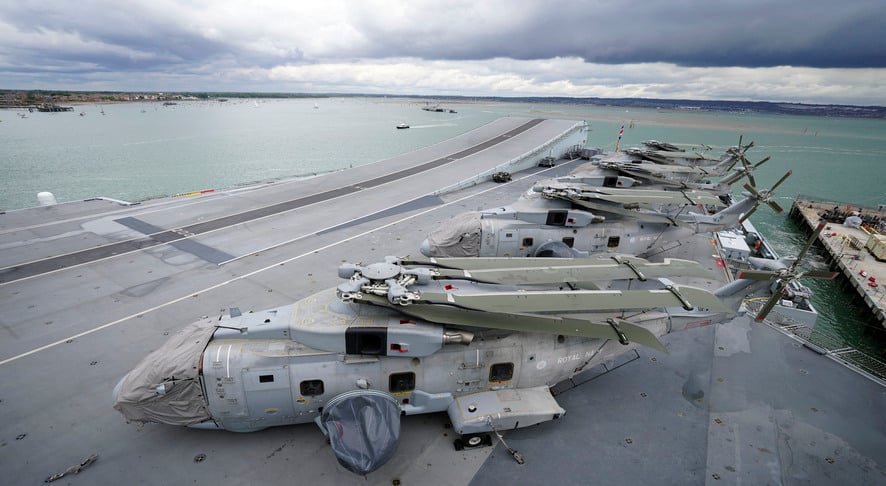Leonardo have landed another AW101 order, plus upgrade contract. Unfortunately no numbers given.

www.leonardo.com
Press Release Text
Leonardo and Kawasaki Heavy Industries sign contract for additional MCH-101 helicopters and the start of a mid-life update programme for the type in Japan
Paris 20 June 2023 13:01
The MCH-101 is a licence-built version of the world-class Leonardo AW101 helicopter, operated by the Japanese Maritime Self-Defence Force
The signing coincides with Kawasaki Heavy Industries (KHI), Leonardo, and Marubeni Aerospace Corporation celebrating a 20-year partnership in the helicopters market
Leonardo and Kawasaki Heavy Industries (KHI) signed a contract for additional MCH-101 naval helicopters for the Japanese Maritime Self-Defence Force (JMSDF), and it marked the start of a mid-life update (MLU) programme for the type in Japan. The MCH-101 is a license-built version of the Leonardo AW101 helicopter. The signing, which follows the order for one aircraft placed in 2022, was made as Leonardo, KHI, and Marubeni Aerospace Corporation celebrate a 20-year partnership in the helicopter market and the Japanese AW101 programme.
The JMSDF has ten MCH-101s for mine countermeasure and transportation missions and three CH-101s for utility transport used to support Japan’s Antarctic research activities, ensuring commonality within the fleet. The update programme, which launched this year, will see a batch of aircraft updated to the latest avionics configuration for the MCH-101, aligned to the new helicopters’ configuration and enabling the enhancement of the JMSDF’s operational effectiveness.
For two decades, Leonardo, Kawasaki Heavy Industries and Marubeni Aerospace have collaborated on the MCH-101, with KHI as the prime contractor and Leonardo providing technical support for the platform. Marubeni Aerospace Corporation acts as Leonardo’s Distributor and is responsible for spares, ground support equipment and services.
Gian Piero Cutillo, Managing Director of Leonardo Helicopters, commented: “We are proud of our close partnership with Kawasaki Heavy Industries and Marubeni Aerospace and today we are excited to celebrate this important milestone and contract. It emphasises the AW101’s important role in Japan’s defence, as well as the outstanding capabilities it delivers among operators worldwide.”
Adam Clarke, Managing Director of Leonardo Helicopters UK, said: “This contract demonstrates the key role that Britain’s only helicopter manufacturer plays in global defence. Through this significant partnership with Japanese industry, exports from Leonardo’s helicopter business are contributing millions of pounds to the UK economy. We look forward to many more years working together, creating important technologies to help the customer deliver a range of challenging missions.”
Kenya Takaha, Executive Senior General Manger, Marketing Division Aerospace System Company at Kawasaki Heavy Industries (KHI), said: “We are proud that Japan's MCH-101 programme was able to launch additional procurement with the latest specifications and the MLU. Japan, the United Kingdom, and Italy all have this excellent platform. We anticipate that there may be common operational requirements in each country, and the introduction of common equipment on the platform can effectively contribute to strengthening the defence capabilities of each country.”
KHI delivered the first AW101 aircraft to the JMSDF on 24 May 2006. In 2015 the first Airborne Mine Counter Measures equipped MCH-101 was delivered to the JMSDF. The AW101/MCH-101 primary task is Airborne Mine Counter Measure and is one of only two helicopter types capable of towing the AN/AQS-24A, the only operationally-proven, high-speed airborne mine hunting system in the world. The unique 3-engine configuration allows for safe operations when towing at low altitude and slow speeds. The first aircraft entered operational service in 2016 and the operator achieved more than 25,000 flight hours in 2021.
Leonardo’s helicopters have been in operation in Japan since the mid-1980s in a number of key programmes. Today there are some 160 Leonardo helicopters of different types in service with the Japan Maritime Self Defense Force (JMSDF), Coast Guard, Police and Fire Service, with specialised operators for medical and commercial services.





















